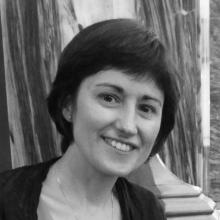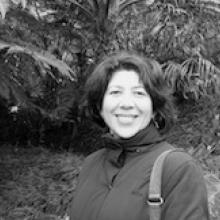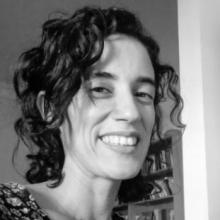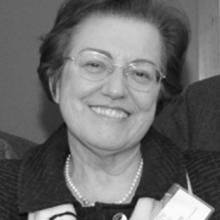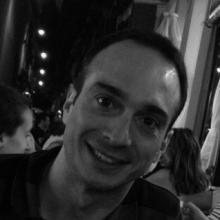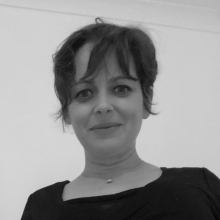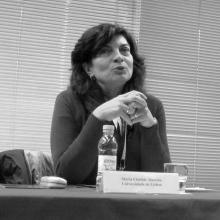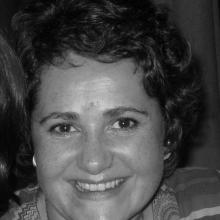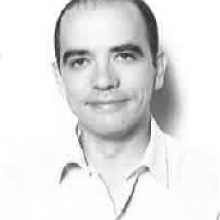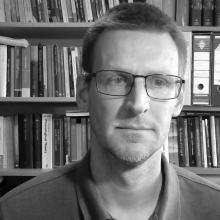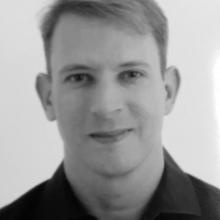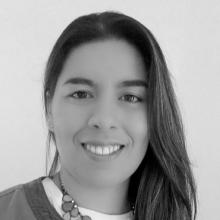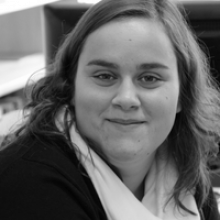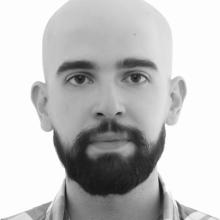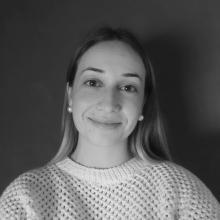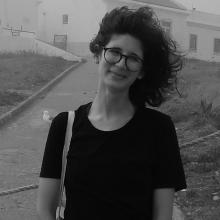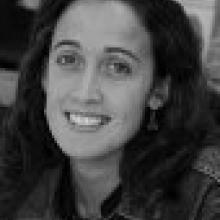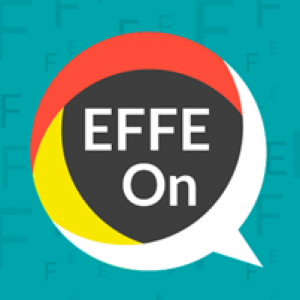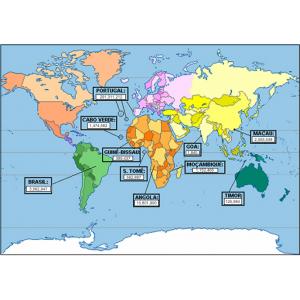Grammar & Resources
The group is centered on modeling linguistic knowledge, integrating interfaces between different areas of grammar and knowledge about how language is put to use. Joint work in formal phonology, lexicon, syntax and semantics allows building an integrated model of grammar, considering how it is represented in the human mind, as well as how it can be computationally modelled; work on L1 and L2 acquisition is at the core of this work. The integration of models of language representation and models of language use is achieved through the study of corpora.
The production of corpora and resources is justified by the goal of developing documentation and providing descriptions of contemporary European Portuguese, but also of understudied contact languages or varieties (Portuguese-based creoles, national varieties of Portuguese in Africa and Asia). The group also produces resources for the study of L1 and L2 acquisition in different settings. The group integrates CLARIN LP.
Research on L1 and L2 acquisition contributes to CLUL’s general purpose of effectively articulating fundamental and applied research, namely in the areas of Educational Linguistics and Clinical Linguistics.
General goals:
- To produce new resources for the study of Portuguese and Portuguese-based creoles;
- To pursue basic research on natural language modeling, integrating knowledge on interfaces between language modules;
- To continue the documentation and description of understudied creoles and new varieties of Portuguese that emerged in a context of language contact;
- To develop the study of language acquisition with an emphasis on language contact situations (see new international Heritage Language Consortium) and on the comparison between typical and atypical development;
- To explore the potential of comparative linguistics in the production of resources for translation and to promote connections with the industry in the area of translation.
Membros
Integrated members with PhD
Integrated members without PhD
Colaboradores
Concluded
| Project | Date | Fin. |
|---|---|---|
| ParlaMint II - ParlaMint II | - | |
| PALMA - Possession and Location: Microvariation in African Varieties of Portuguese (PALMA) | - | FCT
|
| RECAP - RECAP: Resources for Portuguese Learning | - | FCG
|
| CLARIN - CLARIN | - | |
| Documentation of Sri Lanka Portuguese | - | |
| LeCIEPLE - LeCIEPLE - Learner Corpus: da investigação ao ensino de Português Língua Estrangeira/Língua Segunda | - | FCG
|
| Portuguese-based creoles of the Dravidian space: Diachrony and synchrony | - | |
| TAXE - TAXE - Parataxis, Hypotaxis and Interface Syntax-Discourse | - | |
| COPAS - COPAS - Contrast and Parallelism in Speech | - | |
| CLAP - CLAP - Complement clauses in the Acquisition of Portuguese | FCT
|
|
| SemiAutLex.PT - SemiAutLex.PT - Semi-automatic construction of relational lexica for Portuguese | - | FCT
|
| SynExtract - SynExtract - automatic extraction of synonymy relations for a cost-effective acquisition of language resources | - | FCT
|
. (1983). Variação Paramétrica e Ordem dos Clíticos. . |
. (2014). A princesa ficou *adormir ou a dormir? Dados sobre a consciência da unidade palavra em Português europeu. Linguística - Revista De Estudos Linguísticos Da Universidade Do Porto, 9, 35-58. |
. (2014). Grupos consonânticos na escola: desenvolvimento fonológico e conhecimento ortográfico. Revista Diacrítica – Ciências Da Linguagem 28. |
. (2010). Aspectos fonológicos e morfossintácticos da aquisição dos ditongos nasais em Português europeu. Diacrítica 24. |
. (2009). As línguas de São Tomé e Príncipe. Revista De Crioulos De Base Lexical Portuguesa E Espanhola, 1. |
. (1999). As Ilhas de Babel: a crioulização no Golfo da Guiné. . |
. (1993). Silogística Aristotélica e Quantificadores das Línguas Naturais. . |
. (1993). Processos de Quantificação e Construções Partitivas. Discursos. Estudos De Língua E Cultura Portuguesa, 4. |
. (2012). CP omission in adult L2 acquisition of European Portuguese: an interface approach. Estudos Linguísticos/Linguistic Studies 6/7, 6-7, 129-143. (Original work published 2011) |
. (2013). How can sociolinguistic data be used?. Diacrítica 27. Retrieved from http://ceh.ilch.uminho.pt/publicacoes/Diacritica\_27-1.pdf |
. (2012). Transferências lexicais na aquisição de português como língua terceira ou língua adicional. Um estudo com alunos universitários em Marrocos. Diacrítica, 26/1, 171-187. |
. (2012). Contributos para a formação de professores de Português L2 em Cabo Verde. Formação De Professores - Trajetos E Projetos: Das Teorias À Praxis Educativa, Língua Portuguesa (Materna E Segunda) Separata, 6, 31-42. |
. (2011). O ensino de línguas baseado em tarefas e o foco na forma: contributos para uma didáctica do PL2 em Cabo Verde. Linguarum Arena, 2, 27-41. |
. (2014). Construção de Textos: Gramaticalidade, Coesão e Coerência. Revista Do Centro De Estudos Judiciários, 2014-II, 271-280. pdf118.01 KB
|
. (2004). Differences between European and Brazilian Portuguese in the Use of Temporal Adverbials. Journal Of Portuguese Linguistics, 3.1, 37-67. pdf110.6 KB
|
. (2004). Differences and Similarities between European and Brazilian Portuguese in the Use of the «Gerúndio». Journal Of Portuguese Linguistics, 3.1, 111-139. pdf96.95 KB
|
. (1993). Sobre o Lugar dos Demonstrativos na Arquitectura Semântica do Sintagma Nominal. Cadernos De Semântica, 11 (Faculdade de Letras da Universidade de Lisboa). pdf120.06 KB
|
. (1993). Aspectos da Modificação das Estruturas Nominais. Discursos. Estudos De Língua E Cultura Portuguesa, 4 (Semântica das Estruturas Nominais), 37-63. pdf74.08 KB
|
. (1992). Sobre Classes Semânticas de Adjectivos. Cadernos De Semântica, 7 (Faculdade de Letras da Universidade de Lisboa). pdf98.15 KB
|
. (1992). Aspectos da Semântica do Operador 'Qualquer'. Cadernos De Semântica, 5 (Faculdade de Letras da Universidade de Lisboa). pdf161.68 KB
|
. (1992). Algumas questões sobre a capacidade de análise linguística de alunos recém-universitários. . |
. (2015). The Durative Verbs of Portuguese. Diacrítica, 29(1), 27-59. pdf444.23 KB
|
. (2016). Estudo longitudinal da proficiência ortográfica no 2º e 4º anos de escolaridade - estruturas /e/, /eI/ e /oU/. Revista Diacrítica (Série Ciências Da Linguagem), 30.1, 115-36. |
. (2017). Um polvo é igual a um pato? Sobre o impacto das variáveis fonológicas na avaliação do conhecimento metalinguístico. Revista Da Associação Portuguesa De Linguística, 3, 1-20. |
. (2017). Desempenho ortográfico em estudantes do ensino superior – a acentuação gráfica. Da Investigação Às Práticas, 7 (3), 84-107. http://doi.org/https://doi.org/10.25757/invep.v7i3.148 |
. (2017). Os caracoles são azules? Dados espontâneos e experimentais sobre a aquisição dos plurais das palavras com lateral final. Revista De Estudos Linguísticos Da Universidade Do Porto, 12. |
. (2017). Sluicing e Pseudosluicing em português europeu e brasileiro. Revista Da Associação Portuguesa De Linguística, 3, 191-211. http://doi.org/https://doi.org/10.26334/2183-9077/rapln3ano2017a12 |
. (2017). Aspetos da Gramaticalização de 'ir' como Verbo Auxiliar Temporal. Revista Da Associação Portuguesa De Linguística, 3, 213-239. pdf252.66 KB
|
. (2018). Relativas Livres e Interrogativas parciais: como Óscar Lopes viu algumas destas construções. Linguística: Revista De Estudos Linguísticos Da Universidade Do Porto, vol 13, 29-56. Retrieved from http://ler.letras.up.pt/site/default.aspx?qry=id04id191&sum=sim (Original work published 2018) |
. (2018). Especificidades de nem coordenativo em português europeu. Revista Da Associação Portuguesa De Linguística, 4, 34-47. http://doi.org/https://doi.org/10.26334/2183-9077/rapln4ano2018a29 (Original work published 2018) |


